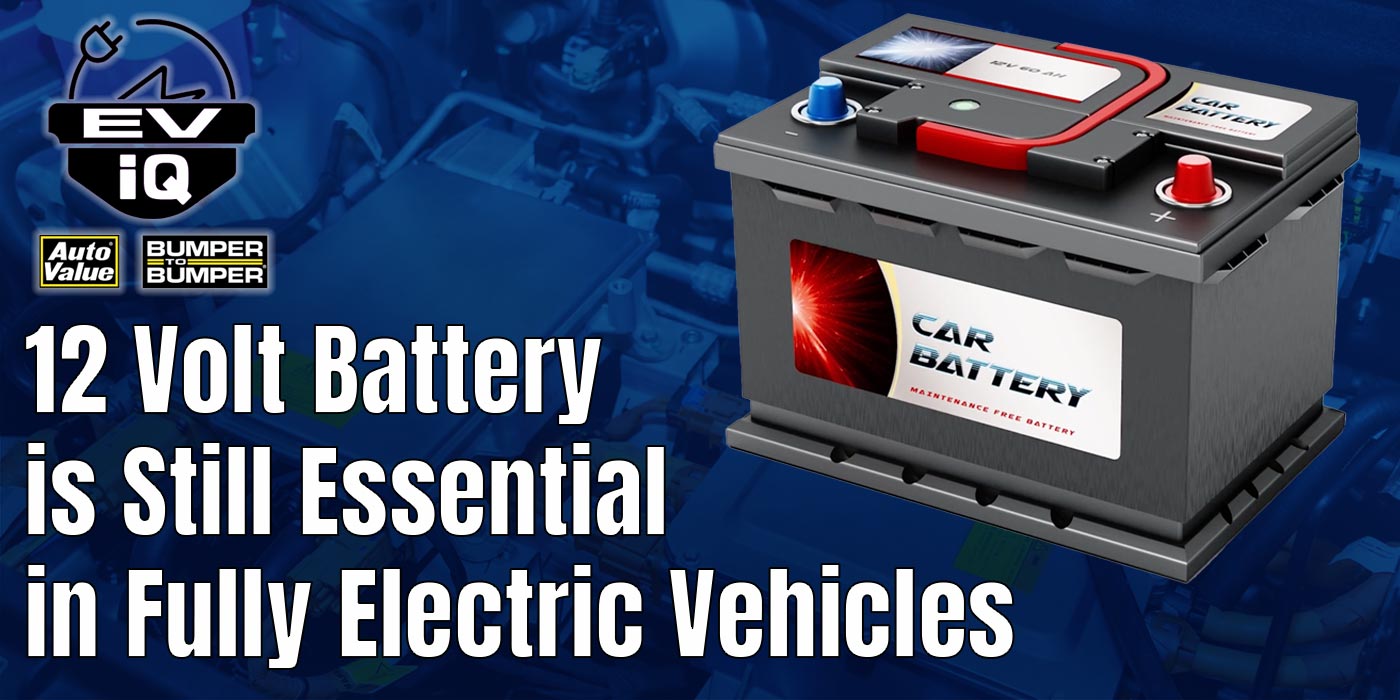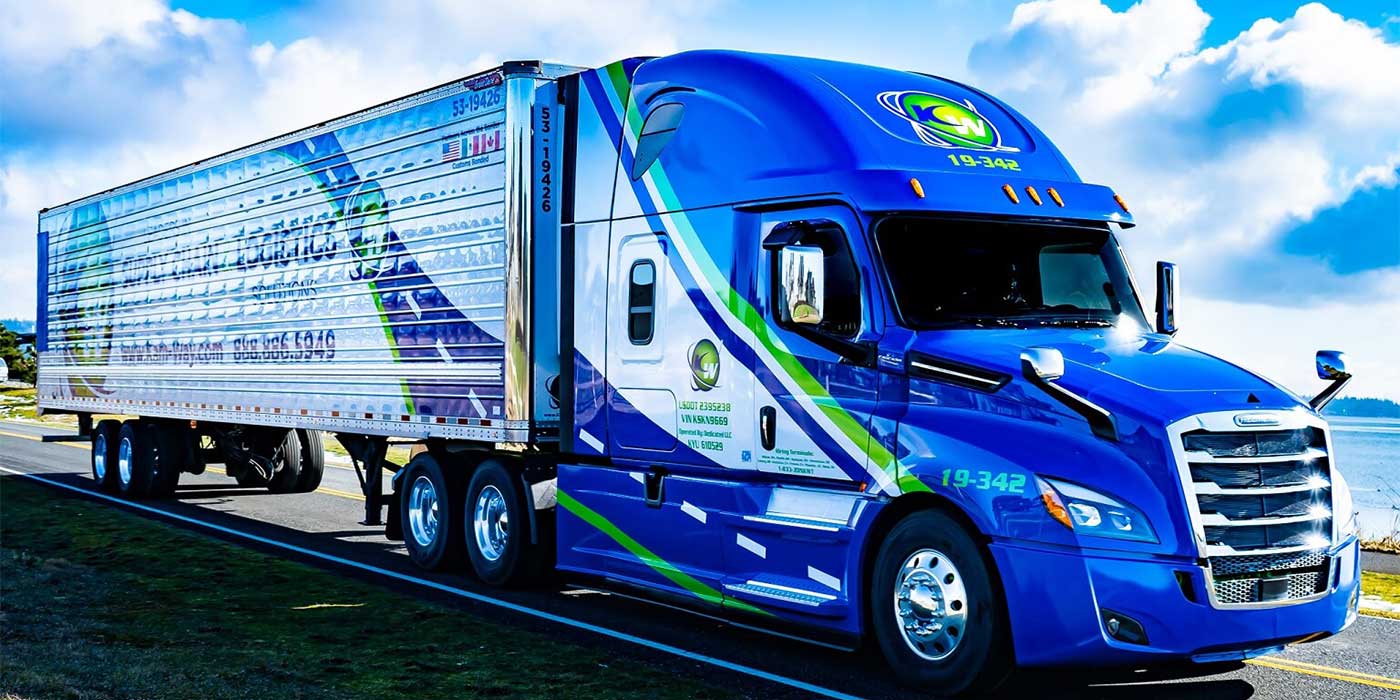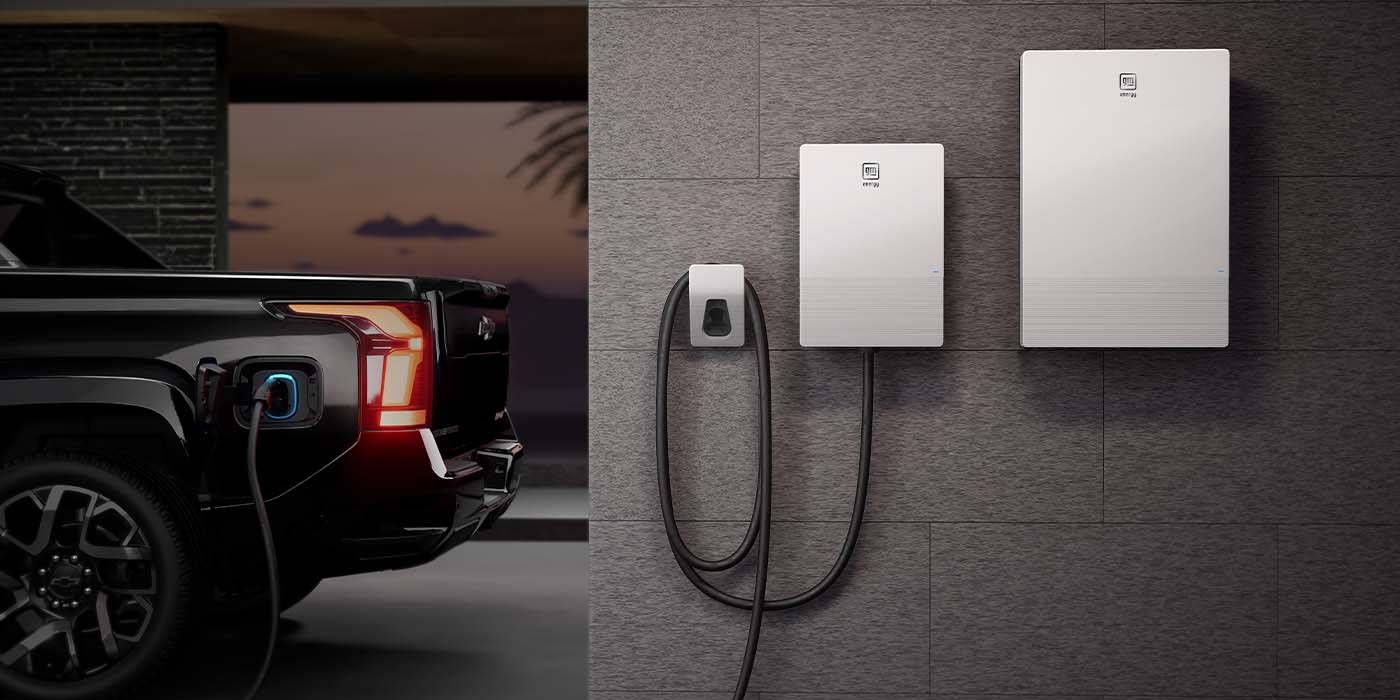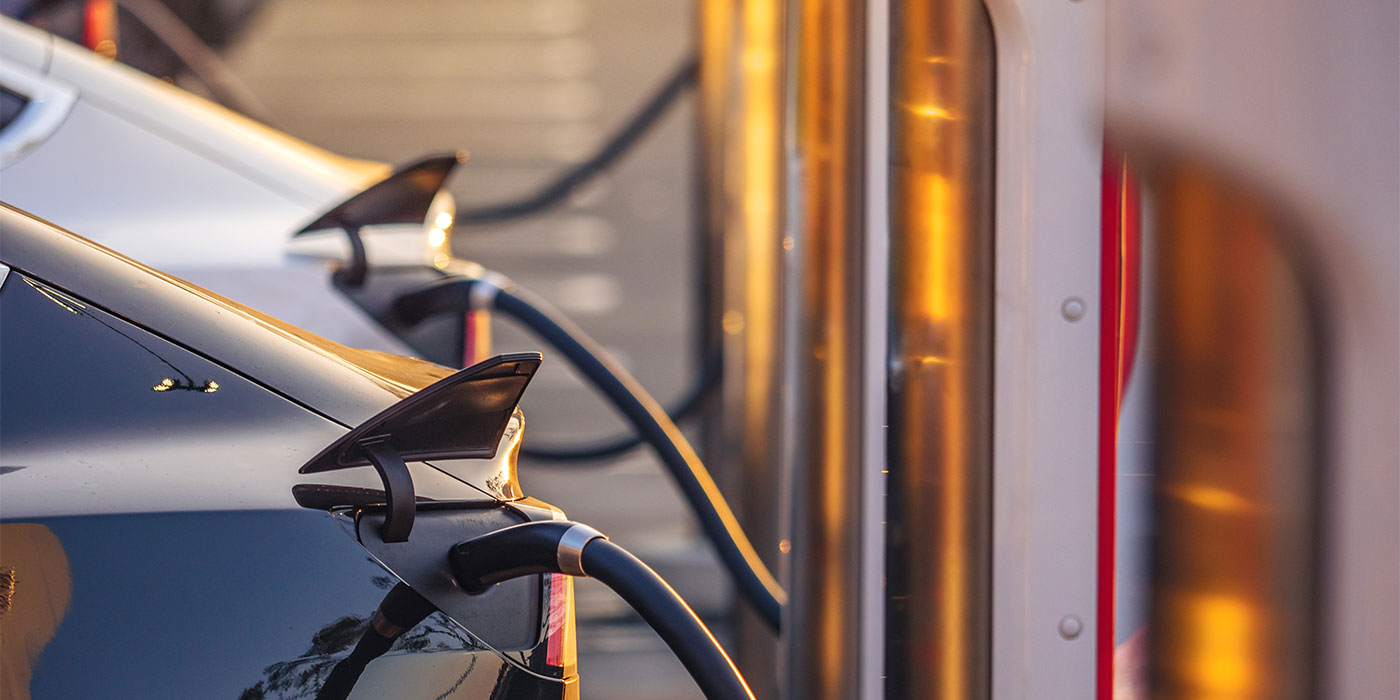Next time you call an Uber or an old-fashioned taxi cab, there’s a decent chance your ride will be an EV – and if you read the headlines, it seems that the ride-hailing industry can’t electrify their fleets fast enough.
Just look at the deal between Hertz and Uber for a perfect example; late last year Hertz agreed to supply 50,000 Teslas for drivers to rent when using the Uber network. The program is already available in Los Angeles, San Francisco, San Diego and Washington, D.C. and plans to continue rolling out across much of the rest of the country by 2023. If successful, the program could expand to 150,000 Teslas during the next three years.
It’s not like riders, in general, are clamoring for ride-hailing companies to add EVs to their fleets, banging on the glass of executive offices with demands for lower emissions. So why are deals like this being made?
Here’s a hint: Participating drivers can enroll to receive a preferred weekly rate for Hertz rentals, which includes insurance, basic maintenance and unlimited miles.
Deals like the one between Hertz – whose fleet today consists of more than 20% EVs – and Uber are being made for the benefit of the driver. Not only are EVs a bit of a novelty, keeping interest in driving them high, but get behind the wheel of one and you’ll see the instant torque can make for a fun drive. Plus, when comparing filling up a gas tank vs. charging the battery, the battery “fill-up” is typically cheaper.
This attracts more workers – more drivers – to the ride-hailing company, extending the ride-hailing footprint and keeping the cash rolling in. From an EV manufacturing perspective, deals like this one give riders – possible future consumers – a chance to experience being in an EV and get the gears turning on whether their next ride might be electrified.
The Hertz/Uber deal is definitely not the only one taking place in this space, too. Arrival, for example, revealed its a finished prototype in January of the Arrival Car, designed specifically for the ride-hailing industry, developed in partnership with Uber. Arrival says the goal is to keep the car affordable, while also adding features like double the legroom compared to other similar-sized cars – perfect when the height of a driver’s next pickup is a mystery.
Uber isn’t just making friends to gain access to more EVs – charging profitably is just as important. EVgo, which claims to be the U.S.’s largest charging network, is expanding its EV charging program for rideshare drivers on Uber’s platform.
Featuring new discounts and benefits for all drivers using Uber, this initiative will increase access and utilization of EVgo’s network of over 800 public fast chargers to Uber drivers in its program.
Why is this a big deal? Rideshare drivers often charge multiple times per day. EVgo’s own research indicates that approximately 34% of rideshare drivers drive 400 to 800 miles each week, and another 47% drive more than 800 miles each week and rely heavily on public fast charging.
Even taxi companies are getting in on the EV hype. EV start-up Gravity intends to deploy a fleet of at least 50 cabs made up of Ford‘s Mach E and the Tesla Model Y. Gravity’s cabs come equipped with dynamic passenger controls; a 22-in. display for selfies, music and video; and driver-facing AI tech to help prevent distracted driving.
The best part for riders? Gravity says its taxis are priced at standard New York City yellow taxi rates, predictable pricing with no surging or premium rates.













